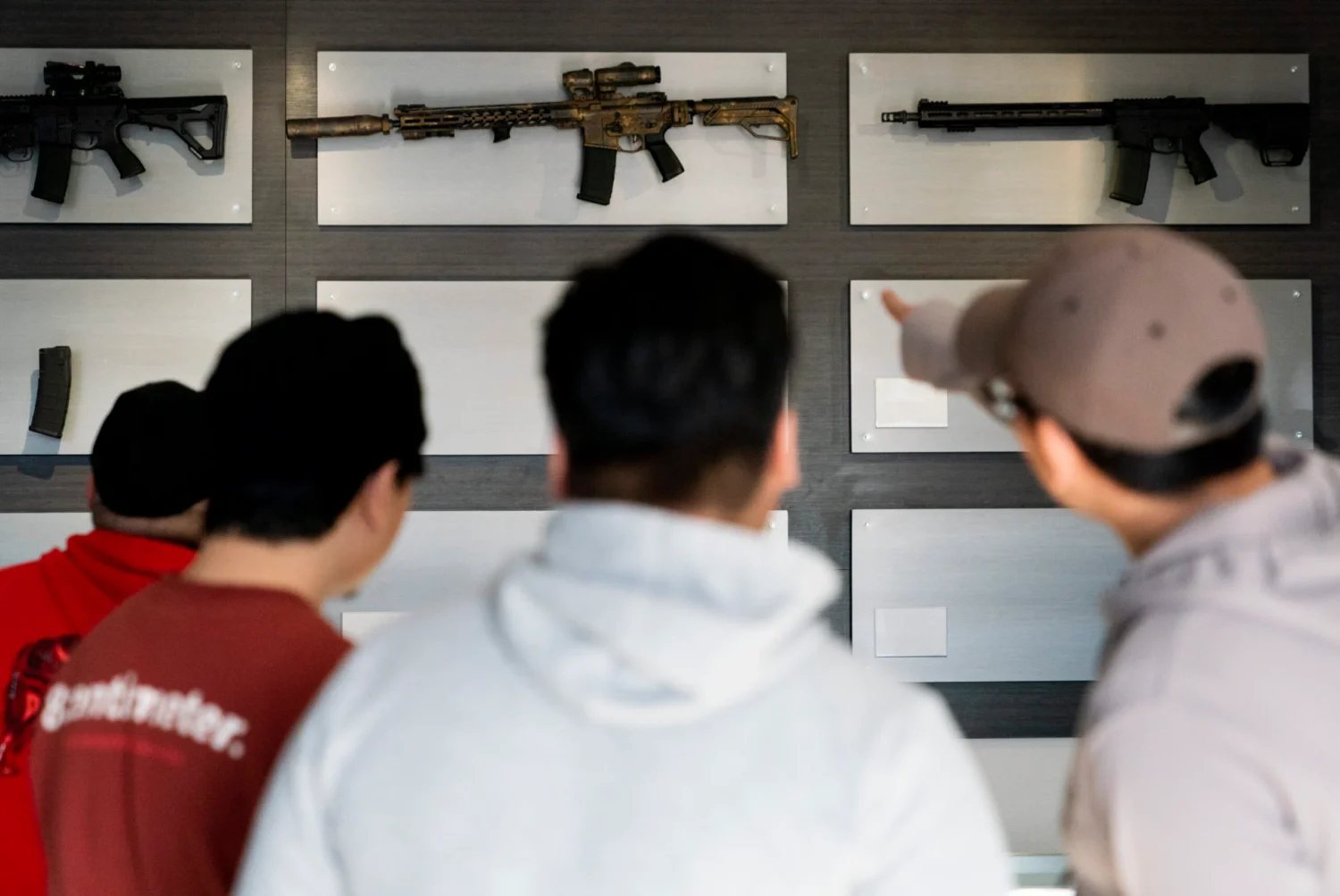
In a world where personal safety is a paramount concern, individuals are increasingly recognizing the pivotal role of self-defense. Firearms stand out as significant tools in this endeavor, offering a means for individuals to protect themselves and their loved ones.
Acknowledging the importance of making informed choices in acquiring self-defense tools, Arms Directory emerges as a crucial resource where licensed gun dealers list their services. The platform connects individuals with trusted gun dealers who possess the expertise to offer guidance tailored to specific needs.
In this guide, we paired up with them to delve into the basics of self-defense.
What Is Self-defense And Why Is It So Important?
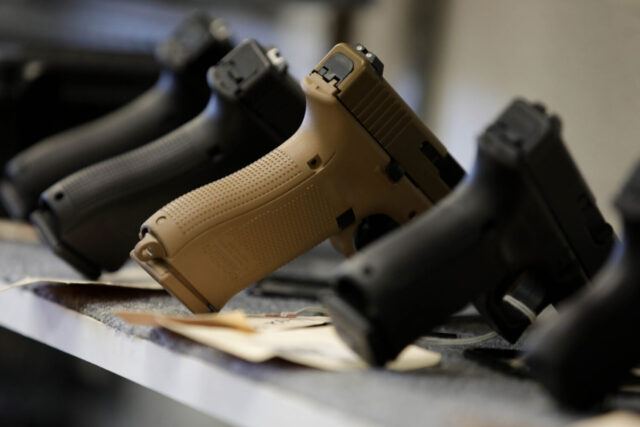
Self-defense, the primary concept under examination, is the inherent right of individuals to protect themselves from harm. It encompasses a range of actions taken to prevent injury or threat to one’s life, property, or well-being.
1.Fundamental Right
At its core, self-defense is not just a practical instinct but a fundamental right deeply ingrained in legal and ethical frameworks. It recognizes the innate right of individuals to safeguard their lives and the lives of others when faced with imminent danger.
2.Legal Framework
Considering all the legal aspects, self-defense is often codified within legal systems worldwide. Laws outline the circumstances under which the use of force is justifiable, emphasizing the necessity for an imminent threat and proportionality in response.
3.Ethical Considerations
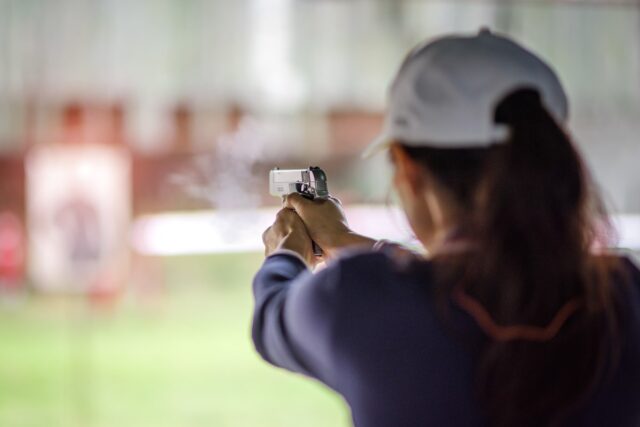
Beyond legality, ethical dimensions play a pivotal role in understanding the nuances of self-defense. Delicate considerations revolve around the proportionality of force, emphasizing the moral responsibility to use only the necessary level of force required to neutralize the threat.
4.Balancing Acts
The ethical and legal aspects create a delicate balance, wherein individuals are empowered to protect themselves and others, but within the bounds of societal norms and ethical standards. This balance is crucial to maintaining a just and orderly society, ensuring that self-defense remains a right exercised responsibly.
5.Complexities of Force
Examining the use of force in self-defense reveals the complexities inherent in this right. Striking a balance between individual autonomy and societal well-being, the legal and ethical considerations surrounding self-defense showcase the nuanced nature of this fundamental right.
How Frequent Are Cases of Defensive Gun Use In the US?
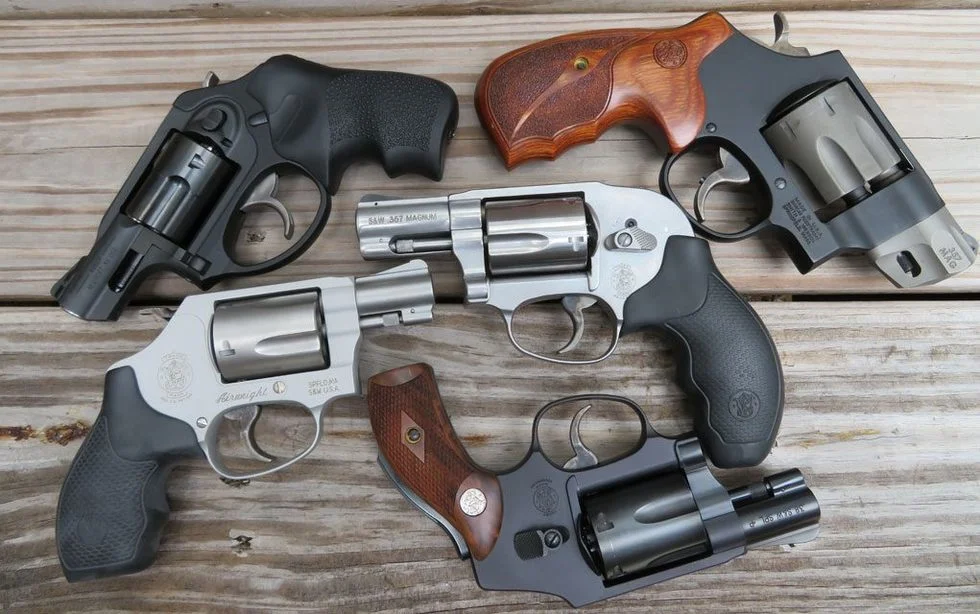
The frequency of defensive gun use in the United States is a subject of considerable debate, with divergent perspectives shaping the discourse. According to the National Self-Defense Survey, Americans use guns for self-defense between 2.1 to 2.5 million times a year. Advocates for expansive gun rights often point to instances where firearms are used by law-abiding citizens to protect themselves, their families, or their property. Various studies attempt to quantify the prevalence of such cases, contributing to a complex narrative.
On one hand, studies commissioned by pro-gun organizations suggest that defensive gun uses occur with regularity, potentially saving lives and preventing criminal activities. These studies often highlight instances where armed citizens thwarted home invasions, assaults, or other threats, emphasizing the deterrent effect of an armed populace.
Conversely, researchers aligned with the gun control movement argue that defensive gun use may be overstated. They contend that the presence of firearms in volatile situations can escalate conflicts and lead to unintended consequences, challenging the narrative that an armed citizenry consistently promotes public safety.
The challenge in evaluating these claims lies in the variability of definitions and methodologies across studies. Some emphasize only incidents where firearms are discharged, while others include situations where the mere presence of a firearm deters a potential threat without shots being fired.
Despite these conflicting viewpoints, most studies agree that the majority of defensive gun uses go unreported, making it difficult to establish a comprehensive and accurate picture of their frequency. The lack of a centralized reporting system and the subjective nature of self-defense situations contribute to this informational gap.
What About Gun Crimes?
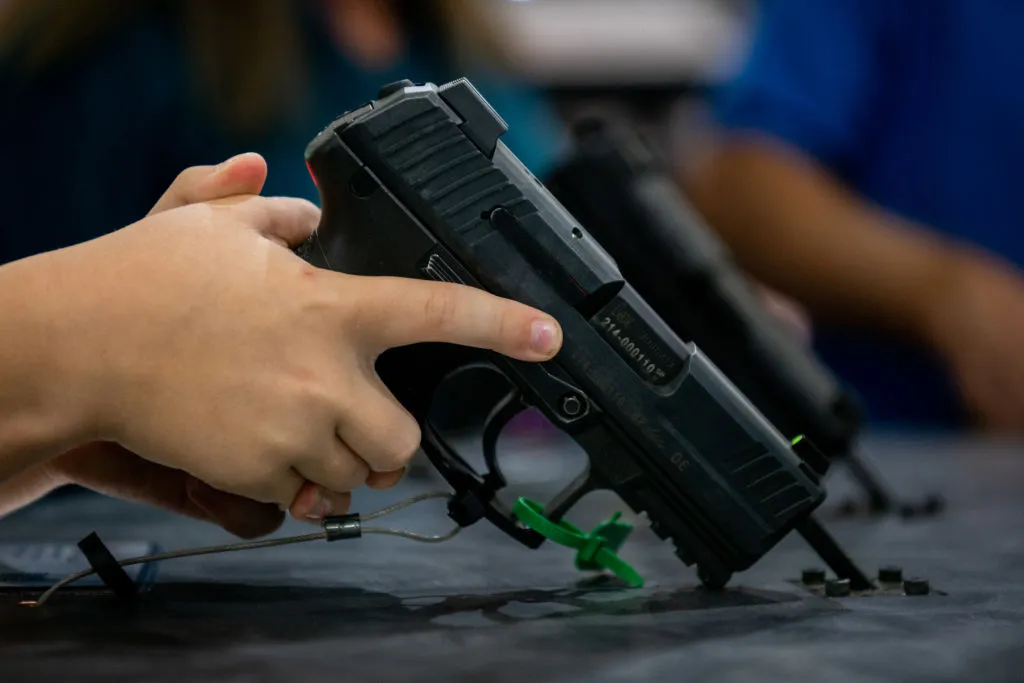
Gun crimes cast a pervasive shadow over society, with far-reaching consequences that spark impassioned debates on gun control measures. The impact of gun violence extends beyond individual incidents, permeating communities and instigating discussions about public safety. Advocates for stricter gun control argue that limiting access to firearms can mitigate the frequency and severity of gun crimes.
Conversely, proponents of gun rights emphasize the importance of individual liberties and contend that addressing the root causes of violence is paramount. The debate over gun control measures remains a complex and polarized one, reflecting the broader challenge of finding a nuanced and effective approach to curbing gun-related crimes while preserving the rights of law-abiding citizens.
Are Non-Lethal Products for Self-Defense A Good Alternative?

In the realm of self-defense, the spotlight is not solely on firearms. Non-lethal alternatives have gained prominence, providing individuals with effective means to protect themselves without resorting to lethal force. Pepper spray, hailed for its portability and ease of use, is a popular choice. Its incapacitating effects can provide a valuable window for escape in threatening situations. Stun guns, delivering an electric shock upon contact, offer another non-lethal option, incapacitating assailants temporarily.
Equally important are self-defense classes, which empower individuals with knowledge and skills to protect themselves using their bodies as weapons. These classes not only enhance physical capabilities but also cultivate situational awareness and the confidence needed to navigate potentially dangerous scenarios.
The effectiveness of these non-lethal alternatives varies depending on the situation and the individual’s comfort and proficiency in using them. Pepper spray, for instance, may be more suitable for close encounters, while stun guns require physical proximity. Self-defense classes, on the other hand, equip individuals with a broader skill set that extends beyond the use of tools, emphasizing the importance of mental preparedness and strategic thinking.
Accessibility and legal considerations also play a role in choosing non-lethal alternatives. Many jurisdictions regulate the use of certain self-defense tools, and understanding local laws is crucial to responsible ownership.
While non-lethal products offer viable options, it is essential to recognize their limitations. In some situations, the threat may escalate beyond the efficacy of non-lethal tools, necessitating a more forceful response. The choice between lethal and non-lethal options often boils down to individual preferences, comfort levels, and the specific circumstances at hand.
Bottom Line
In navigating the multifaceted landscape of self-defense, understanding the frequency of defensive gun use requires a nuanced examination of conflicting data. The debate over gun crimes underscores the broader societal impact, prompting discussions on the efficacy of gun control measures. Beyond firearms, non-lethal alternatives such as pepper spray and self-defense classes offer diverse options.













